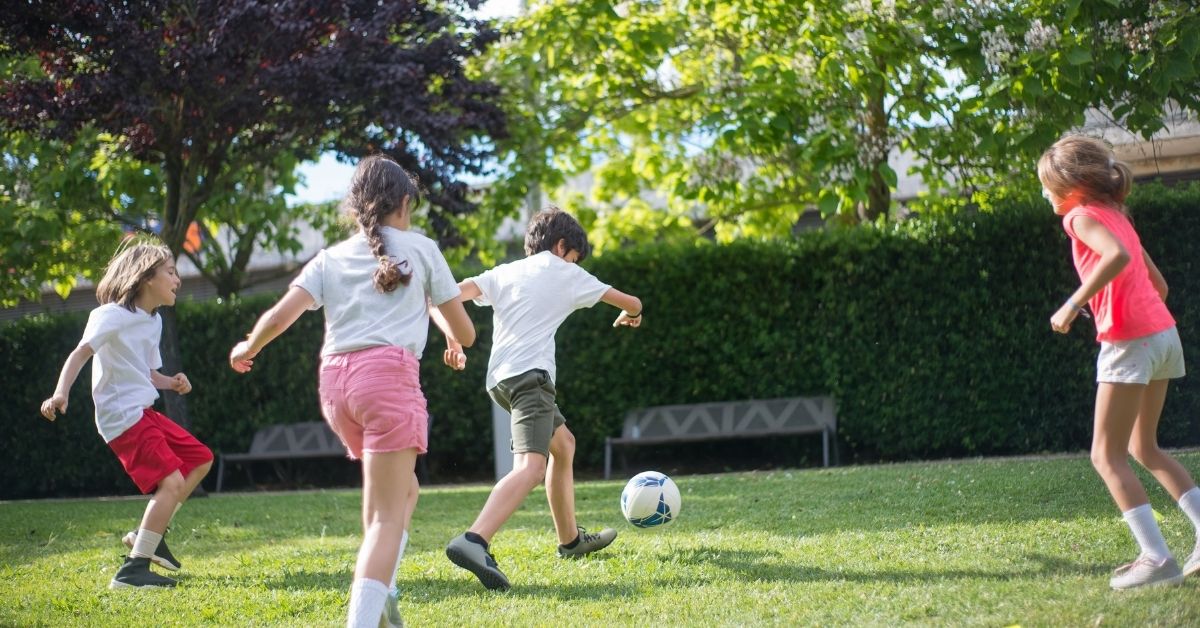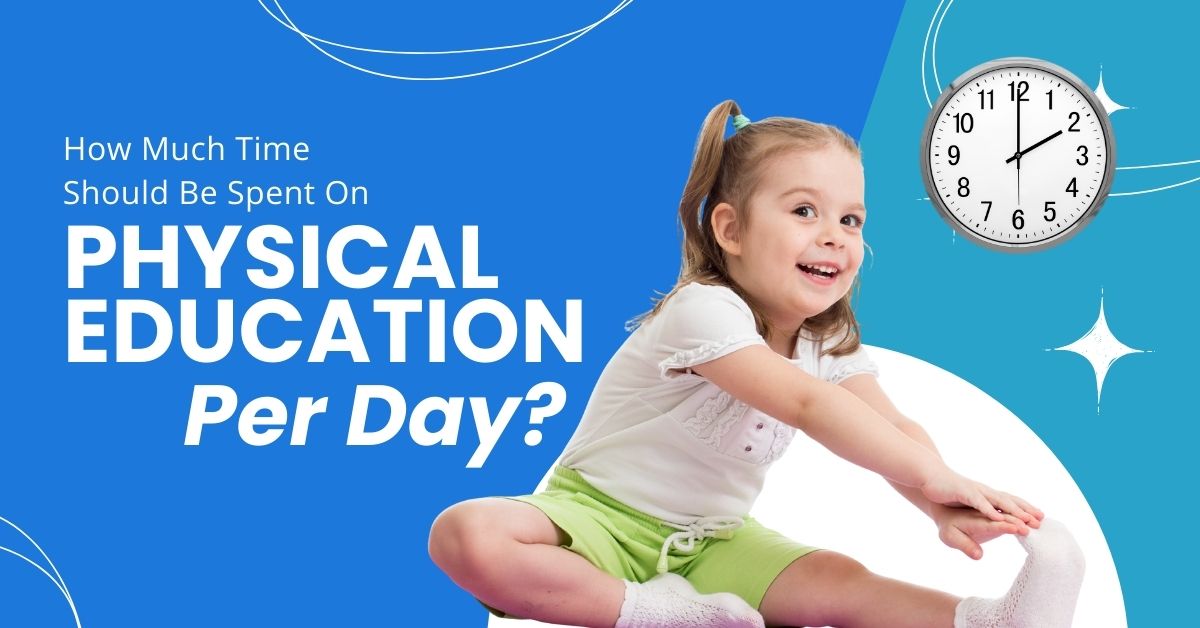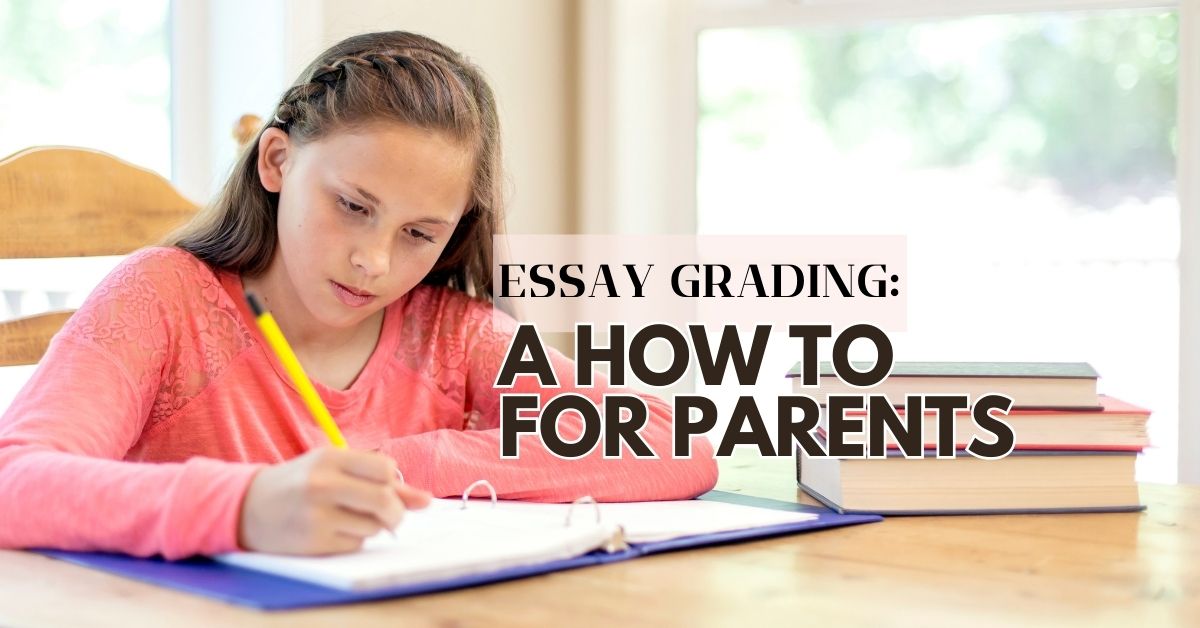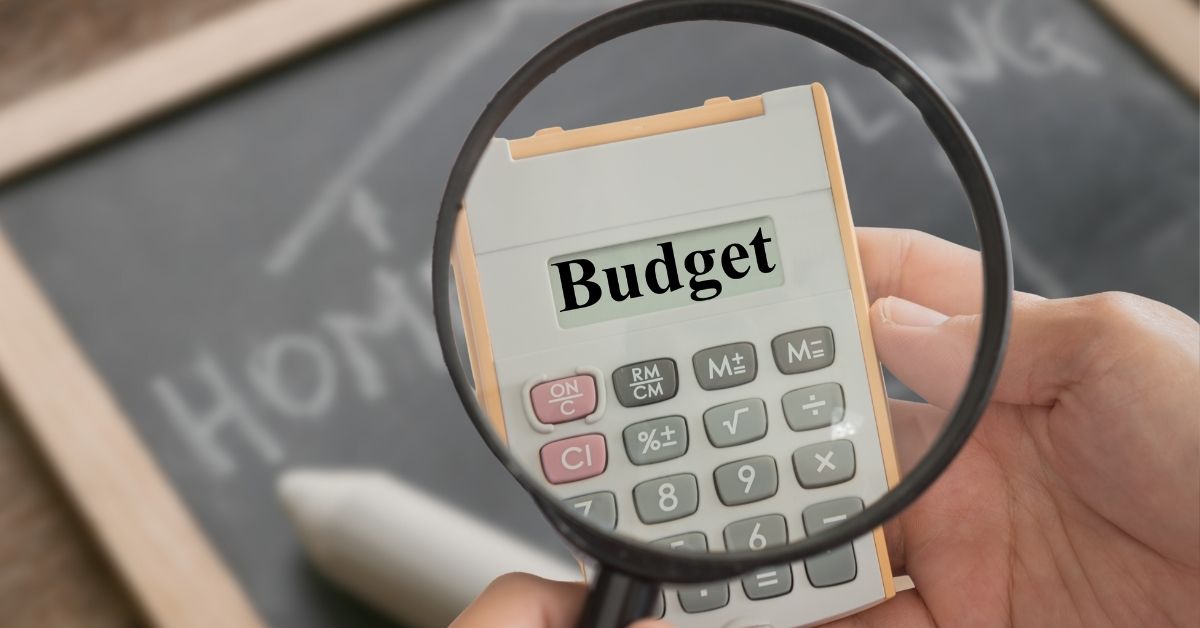One of the best parts about homeschooling is the freedom to customize your child’s education. You get to pick the math curriculum, dive deep into historical periods that spark curiosity, and turn your kitchen into a science lab. But what about gym class? Figuring out the right amount of homeschool physical education can feel like a puzzle. Are you doing enough? Too much? Let’s be honest, some days just getting everyone dressed and fed feels like an Olympic event.
This guide will help you understand the recommendations, find a rhythm that works for your family, and make fitness a fun and natural part of your homeschool day.
What Are the Official Recommendations?
When you’re trying to build a homeschool schedule, looking at official guidelines can be a great starting point. While homeschool laws vary by state, the fitness recommendations for children are pretty consistent across the country. The U.S. Department of Health and Human Services, along with organizations like the CDC, provides clear goals for physical activity in school-aged children. These aren’t just arbitrary numbers; they are based on extensive research into what kids need for healthy development, both physically and mentally.
For children and adolescents aged 6 through 17, the recommendation is 60 minutes or more of moderate-to-vigorous physical activity daily. This might sound like a lot, but it doesn’t have to happen all at once. You can break it up into smaller, more manageable chunks throughout the day. A 20-minute morning walk, a 20-minute playground session after lunch, and a 20-minute bike ride before dinner all add up to meet that daily goal. The key is to get their hearts pumping and their muscles working.
It’s also important to understand what “moderate-to-vigorous” activity actually means. Moderate-intensity activity will raise their heart rate and make them breathe harder, but they should still be able to talk. Think of a brisk walk, riding a bike on level ground, or a friendly game of tag. Vigorous-intensity activity will cause heavy breathing, and they’ll only be able to speak a few words at a time. Examples include running, swimming laps, or playing soccer. A good homeschool fitness plan incorporates a mix of both.

Building a Great Homeschool Physical Education Plan
Creating a plan for homeschool physical education doesn’t need to be complicated. The goal is to make movement a regular and enjoyable part of your routine. Think about your child’s interests and your family’s lifestyle. Do they love being outdoors? Are they drawn to music and dance? Use their passions as a launchpad for your PE activities. A well-rounded plan should include a variety of activities that work on different aspects of fitness.
Here are the three main components the guidelines suggest including each week:
- Aerobic Activity: This should make up the bulk of that 60-minute daily goal. Most of the 60 minutes per day should be either moderate- or vigorous-intensity aerobic physical activity. You should also aim to include vigorous-intensity physical activity on at least 3 days per week.
- Examples: Running, skipping, swimming, dancing, bike riding, playing tag.
- Muscle-Strengthening Activity: These activities make muscles do more work than usual. Include these as part of their 60 minutes of daily activity on at least 3 days a week.
- Examples: Climbing on playground equipment, gymnastics, push-ups, sit-ups, tug-of-war.
- Bone-Strengthening Activity: These activities produce a force on the bones that promotes bone growth and strength. Include these as part of their 60 minutes of daily activity on at least 3 days a week.
- Examples: Jumping rope, running, basketball, tennis, hopscotch.
Notice how much overlap there is! An activity like running or basketball checks all three boxes. You don’t need to plan three separate types of activities each day. Just focus on providing diverse opportunities for movement.
Making Fitness Fun and Engaging
The biggest advantage you have as a homeschool parent is flexibility. You aren’t confined to a gymnasium or a rigid bell schedule. This freedom allows you to tailor physical education to your child’s unique personality and interests, which is the secret to long-term success. When kids enjoy what they are doing, they are more likely to stay engaged and build healthy habits that last a lifetime. Forget boring drills and think outside the box to make fitness a highlight of your homeschool week.
You can turn almost any interest into a physical activity. If your child is obsessed with superheroes, create a “superhero training” obstacle course in the backyard. If they love video games, look for active options on consoles like the Nintendo Switch that involve dancing or virtual sports. A nature lover might enjoy a “biology hike” where you identify plants and animals while getting your steps in. The goal is to connect movement with joy, not to treat it as a chore that needs to be checked off a list. Let your child have a say in planning PE activities to give them a sense of ownership and increase their excitement.
Ideas for Daily Homeschool PE (Grades 1-6)
Stuck in a rut? Sometimes you just need a list of fresh ideas to get the creativity flowing. Remember, you can mix and match these, do them indoors or outdoors, and adapt them for different ages and abilities. The best PE is the PE that actually gets done!
Here are some ideas to get you started:
- Morning Wake-Up: Start the day with 15 minutes of activity. This could be a quick yoga session (plenty of free kid-friendly videos online), a dance party to their favorite songs, or a brisk walk around the block.
- Skill of the Week: Focus on learning a new skill each week. This could be dribbling a basketball, learning to jump rope, practicing a new yoga pose, or trying to master a cartwheel. It provides a sense of accomplishment.
- Themed Obstacle Courses: Use pillows, chairs, and blankets to create an indoor course on a rainy day. Outside, use pool noodles, cones, and chalk to design challenges. Time them to add a competitive element!
- Nature Scavenger Hunts: Give your kids a list of things to find on a walk or hike (a smooth rock, a Y-shaped stick, a red leaf). The focus on finding items keeps them moving without them even realizing it.
- YouTube Fitness Channels: There are amazing, high-quality channels dedicated to kids’ fitness. Look for channels that offer dance workouts, yoga adventures, and simple exercises designed for children. It’s a great option for a no-prep activity.
- Backyard Olympics: Plan a mini-Olympics with events like the long jump (into a sandbox), the “discus” throw (with a frisbee), and short sprints. You can even make medals out of cardboard and ribbon.
Beyond the 60-Minute Guideline
While the 60-minute guideline is a fantastic benchmark, physical education in a homeschool setting is about more than just meeting a time requirement. It’s about cultivating an active lifestyle. Look for opportunities to weave movement into your entire day, not just during a designated “PE” block. These small moments can add up and make a big difference in your child’s overall health and well-being. It helps normalize activity, showing them that our bodies are made to move.
For example, you could use a mini-trampoline for bouncing while reciting spelling words. Or, practice math facts while doing jumping jacks—one jump for each part of the equation (2 + 2 = 4 is four jumps!). Taking frequent “brain breaks” for stretching or a quick dance party between subjects can help improve focus and retention. These integrated activities demonstrate that physical health and academic learning are not separate; they are deeply connected and support one another.
This holistic approach also extends to everyday chores and activities. Raking leaves, helping with gardening, washing the car, or carrying groceries are all forms of physical activity. Involving your children in these tasks not only teaches them responsibility but also keeps them moving. The goal is to shift the mindset from “exercising” to simply “living actively.” By embracing this philosophy, you help your kids build a foundation for a healthy, active life long after their homeschool years are over.
Remember that you are their biggest role model. When your children see you enjoying physical activity, whether it’s going for a run, taking a yoga class, or just having a family dance-off in the living room, they are more likely to view it positively. Your enthusiasm is contagious. Make movement a family value, and you’ll be giving your children a gift that supports their health for decades to come.
We hope this guide helps you feel more confident in planning physical education for your young learners. Every homeschool journey is unique, so find the rhythm and routine that brings joy and energy to your family.
For more practical homeschool advice and resources to support you on your educational adventure, be sure to explore more of our blog posts here at DKM Homeschool Resource.




